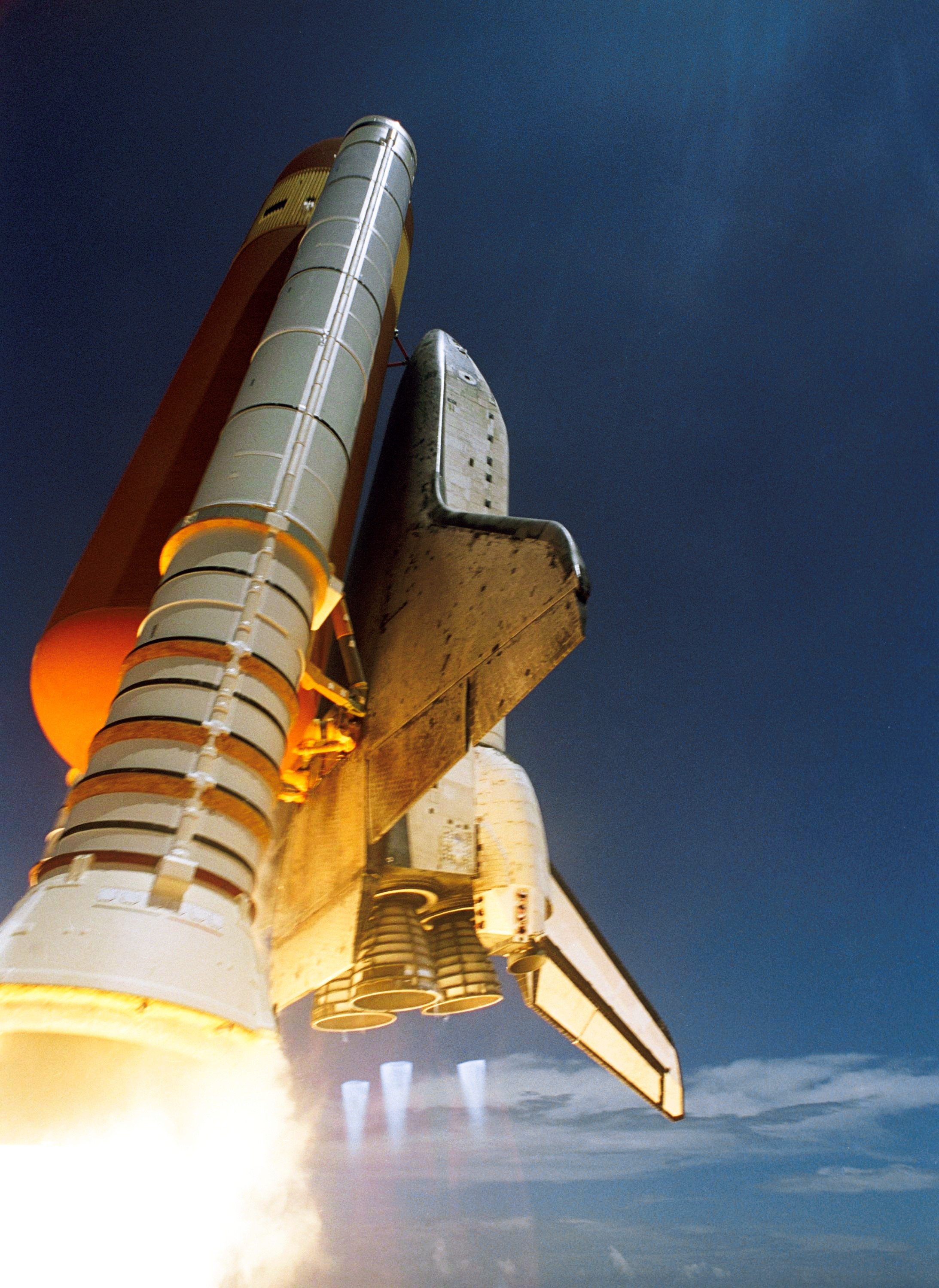 A groundbreaking
A groundbreaking
nuclear fusion rocket could slash the time it takes astronauts to travel to Mars in half.
Pulsar Fusion has
started construction on what it claims is the largest practical nuclear fusion rocket engine ever built.The exhaust speeds from the new rocket could reach over 500,000 miles per hour.
“Humanity has a huge need for faster propulsion in our growing
space economy, and fusion offers 1,000 times the power of the conventional ion thrusters currently used in orbit,” Richard Dinan, the CEO of Pulsar Fusion, said in a statement.“In short, if humans can achieve fusion for energy, then fusion propulsion in space is inevitable.We believe that fusion propulsion will be demonstrated in space decades before we can harness fusion for energy on Earth.”
The key to fusion power is building sustained heat.Pulsar Fusion’s new direct fusion drive (DFD) rocket engine will hopefully reach several hundred million degrees, creating temperatures hotter than
the Sun.
Engineers are building the engine in a test facility in Bletchley, England.The fusion reactor generates energy, creating a plasma of electrically charged particles.Those energetic particles are converted to thrust using a rotating
magnetic field.
But confining the super-hot plasma with an electromagnetic field is a huge challenge.
To better understand the complex
plasma, the company is using AI machine learning to study data from the PFRC-2 fusion reactor.
The simulations will assess the performance of nuclear fusion plasma for propulsion as it exits a rocket engine emitting exhaust particles at hundreds of miles per second.
“The plasma behaves like a weather system in terms of being incredibly hard to predict using conventional techniques,” Dr.James Lambert, CFO of Pulsar Fusion,
told Space Daily.“Scientists have not been able to control the turbulent plasma as it is heated to hundreds of millions of degrees, and the reaction simply stops.”
But, if the kinks in the DFD system are worked out, the company says it would be possible to significantly reduce the transit time to
Mars, Jupiter, and Saturn.Astronauts looking to study the potential of life on Titan, one of Saturn’s moons, could make the trip in two years versus decades using a DFD drive.The drive could even facilitate exploration beyond the solar system.
“The Direct Fusion Drive is really a game-changing technology enabling us to reach deep space destinations much faster and with vast amounts of power,” Stephanie Thomas, vice president of Princeton Satellite Systems, which is helping test the rocket, said in a news release.“It’s a dramatically different way to operate
deep space missions that will save time and money and enable us to do more science when we get there.”
Sascha Brodsky, a freelance journalist based in New York City and a graduate of the Columbia University Graduate School of Journalism and Columbia’s School of International and Public Affairs, writes about many aspects of technology including personal technology, AI, and virtual reality.
His work has appeared in The New York Times, The Atlantic, The Guardian, and many other publications.
In his spare time, he enjoys cycling and hiking..
